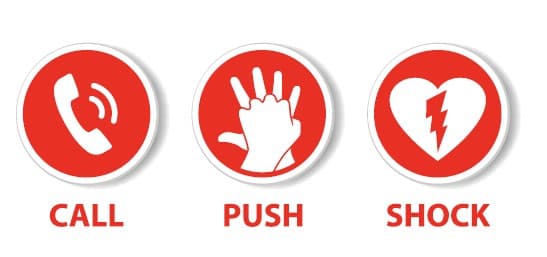ACLS training from DOCS Education equips dental teams with the knowledge and confidence to respond quickly and effectively in dental emergencies
Jim Bovia has always been part of Life Support Services, even when he was working as a paramedic full time. His parents started the American Heart Association (AHA) training center back in 1983, later developing courses specifically for dentists. His dad brought that program to DOCS Education in 2008, with Bovia stepping in a few years later.
Through the DOCS Advanced Cardiac Life Support (ACLS) certification program, Bovia and other AHA-certified instructors train dental teams to respond to common medical emergencies, including respiratory failure, airway obstruction, cardiac events, and anaphylaxis. The course follows the same rigorous protocols used by medical professionals, but is tailored specifically for the dental office environment, focusing on emergencies patients might experience in a dental setting and the equipment clinicians have on hand.
Dental teams can take initial classes online and then attend seminars or arrange to bring the training in-house, Bovia said. During the hands-on portion, dentists practice responding to realistic emergency scenarios, assessing patient simulators, and directing their teams to provide appropriate treatment. They feel the pressure of emergency situations, and are better prepared to handle them in real life.
The training is critical for all dental team members—not just dentists—as it provides the confidence needed to act quickly in an emergency. “The staff has to be trained to the same level as the doctor,” Bovia said. “We don’t want a code team of one. We need a code team of many.”
Assessing the Problem
Through the ACLS training, dental teams are taught how to assess patients by asking targeted questions, checking vital signs like pulses, and observing skin color and condition, Bovia said. Once a problem is identified, they follow AHA algorithm cards to guide appropriate treatment while awaiting EMS arrival.
“We break it down to basic assessment of the patient so they can provide the appropriate care and call for more help,” Bovia said. “I like to say we teach them how to act like paramedics until the paramedics arrive and can take the patient to the hospital.”
Saving Lives
Clinicians who complete the training receive an AHA Advanced Cardiac Life Support card, and more importantly, leave better prepared to handle emergencies—as a team. And that could mean saving lives.
“One thing doctors tell me after training is their team just functions on a different level,” Bovia said. “And the more teams are exposed to this type of training, and the more they practice it, the better it will be if they ever have to deal with an emergency in their practice.”





